
Lucky Bamboo Care Guide
Lucky bamboo is the ideal indoor plant due to its delicate stems and exceptional resilience. A lucky bamboo plant is an excellent choice for gardeners of all expertise levels, whether you're a novice with a green thumb or an expert trying to liven up your indoor flora.
Lucky bamboo or Dracaena sanderiana bamboo plants are grown indoors. They are a flash of chartreuse colour that enlivens an office or a forgotten area of your home. They are joyful and bright.
Despite maybe resembling bamboo, the plant known as the "Lucky Bamboo Plant" is not bamboo. It is a member of the Dracaena family and belongs to the Dracaena sanderiana species. Additionally, it goes by the name Dracaena braunii.
Whatever you choose to call it, this "good luck plant" has provided a whole new opportunity for those who are wary of or have the "brown thumb" label, along with some unusually stylish greenery. Bamboo plants are simple to take care of if you have the appropriate information. Here is some advice from us.
Today, bamboo plants come in a variety of shapes and sizes, ranging from small "friendship plants," which are made by stacking bamboo logs, tying them together with a red ribbon, and placing them in a glass vase with water, pebbles, and stones, to larger plants with heights and thick stems and leaves. Both nurseries and gift shops carry a range of lucky bamboo plants.
Fortune-bringing bamboo and Chinese customs
According to Chinese customs, the number of stalks you have affects the meaning of lucky bamboo.
Different configurations of lucky bamboo have different connotations. For instance:
- Two stalks are a symbol of love.
- Three stalks stand for the qualities of Fu (happiness), Lu (wealth), and Soh (long life).
- Five stalks are a symbol of power, harmony, peace, and balance in every aspect of your life.
- Six stalks symbolize prosperity and good fortune.
- Seven stalks for good health
- Eight stalks stand for development.
- Nine stalks are a lucky number.
- Ten stalks stand for excellence.
- Twenty-one stalks are a significant blessing.
Care
Despite being a common and simple-to-care-for plant, it needs specific conditions to survive in your house. You can maintain it in a pretty container, like many indoor plants, while you cater to your plant's needs. Here are some recommendations for taking good care of your Dracaena sanderiana.
Sunlight
The optimal lighting for your plant is moderate or indirect light. Since Dracaena sanderiana prefers rainforest habitats, they dislike direct sunlight and excessive light. The leaves will change from grey-green to pale green if the light level is too low. As too much direct sunlight will burn its leaves, it would be beneficial if you didn't place your Lucky Bamboo near a window or outside.
Soil
For growth, Dracaena sanderiana requires well-drained soil. Good potting soil and enough moisture are essential. It's time to water your Dracaena sanderiana if the soil in the pot feels dry an inch below the surface. However, there is no need to overwater it if there is moisture at the bottom of the container. Consider this succulent potting mix if you're seeking a high-quality potting soil blend.
Note: Majority of Lucky Bamboo plants are raised in water.
Water
Keep the soil moist if your plant is growing in soil, but avoid overwatering as this can cause root rot. With a few pebbles, you may grow your plant in water. If you choose to do this, ensure that your pot has at least 5 cm of water. The roots ought to continue to dangle in the water. You can preserve it for 7–10 days if there is clean water in the container.
However, if the water appears greenish, then your plant may be attacked by an excessive amount of algae development. Higher chlorine levels in tap water may have an impact on leaf development. Once the chlorine has dissipated, you can use tap water to protect the leaf tips of your Dracaena sanderiana. You can do this by leaving the water out overnight.
The use of filtered or distilled water is advised if the fluoride ratio in your tap water is high. Because fluoride is hazardous to plants and doesn't dissipate like chlorine, it's necessary for your Lucky Bamboo.
Temperature and Humidity
As you can anticipate, lucky bamboo plants enjoy warmer climates with temperatures between 65 and 90 degrees Fahrenheit. A hot or cold draught, an air conditioner, a heating vent, or a draughty window are all places to keep your plant away. Don't worry about raising the humidity levels in your home; your lucky bamboo plant does perfectly with average humidity.
Potting
There should be at least an inch between the stalks and the edge of a lucky bamboo arrangement in a low dish or bowl. The roots can expand out and support the plant thanks to this area. If your stalks are growing in a sizable glass vase, be sure the container is sturdy enough to hold the stalks and is sized appropriately for the height of the bamboo. The roots should be entirely in water, but the water level shouldn't rise over the stalks.
Repotting
To repot the plant, follow these easy steps:
- Start with a new, somewhat larger container than the one you're using now.
- Gently dig out a planted lucky bamboo if it is thriving in a pot of rocks.
- Before adding the stones to the new container, wash them with water.
- Add the bamboo plant with care, ensuring to tuck the roots into the pebbles.
Fertilizer
Luckily, you don't need to fertilize your plant very often. Every one to two months, it simply needs a few drops of liquid fertilizer. Any liquid fertilizer or special lucky bamboo fertilisers are available.
Propagate
Bamboo plants are simple to propagate. One of the reasons they are simple to cultivate is that you may remove the problematic area of the plant while leaving the healthy parts intact.
Your plant can be multiplied by cutting an inch or so above a node, coating the incision in rooting powder, letting it dry overnight, and then transplanting it into a new container. Mist the parent stem with water every several days to promote new growth.
Pest
The same pest problems that affect other tropical indoor plants also affect lucky bamboo.
They can be cared for manually (by plucking out insects) or with the same techniques as other indoor plants. Keep an eye out for spider mites, green aphids, and white mealybugs. To get rid of pests and mouldy areas, you can completely clean the entire plant with water and a very light liquid dish soap.
Benefits
One of the simplest indoor houseplants to grow, lucky bamboo plants are ideal for even the most inexperienced gardener. They can endure a variety of circumstances, including low light and dehydration.
Consider adding a lucky bamboo plant to your house if you're seeking a simple method to bring more nature inside. Although they require little upkeep, they also offer some advantages that make the purchase worthwhile.
Bamboo helps to maintain a clean environment while also naturally purifying the air. The bamboo plant also has anti-inflammatory properties.
Low-maintenance
Bamboo plants are simple to grow in locations with dim, indirect lighting. Perennial bamboo is drought-resistant.
It can be grown in any glass container with water or a growing medium like potting soil. You don't have to worry about under or overwatering the lucky bamboo plant, which is a benefit of this plant.
Aesthetic appeal
The aesthetic appeal of the Lucky bamboo plant is one of its key advantages. For more than a century, people have used lucky bamboo to create a wholesome and joyful environment around them. The Lucky bamboo is visually appealing and will complement your home's decor and furnishings. This plant goes well with any decorating scheme.
If you arrange it as a table centrepiece or on a bookcase, it can quickly enhance the natural beauty of your room. You can also include bamboo flooring in the decor of your home. Bamboo flooring will improve the appearance of your home by enhancing the surrounding area's aesthetic value.
How to install the Lucky Bamboo
Plant your bamboo in a bed of soil or a basin of pebble-filled water. If you don't know how to care for your lucky bamboo friend, read our helpful tips below.
Water your lucky bamboo once a week, and trim off any dead leaves with scissors to keep it healthy.
Choose a bamboo plant that is brilliant green and free of an unpleasant odour when buying one. By doing so, you can ensure your overall health.
Method 1
Select a pot with a diameter 2 inches (5 cm) wider than the plant. Most lucky bamboo plants are already potted, but you can use your container to give the plant a more personalised appearance. Your planter doesn't need to have a drainage hole if you're going to plant your bamboo in water, but if you're going to plant it in soil, you'll need one to stop water from accumulating.
Method 2
Take the bamboo plant's roots out of the jelly-filled polybag with care.
Place the Lucky Bamboo Plant into the Bowl with care.
Use soft water to water your plants (Drinking water).
Making a Lucky Bamboo
- The spiral is one of the most popular fortunate bamboo manipulations. The steps listed below will show you how to create spiral bamboo plants.
- Cut the cardboard box in half.
- Put your plant in the container.
- Place the box so that the open side faces a source of light (not the top).
- Maintain usual plant care until the plant begins to slant towards the sun.
- The plant will continue to sway slightly in the direction of the light.
- As the plant tilts slightly, continue rotating it; if you continue to spin it in the same direction, it will eventually spiral.
- As your plant spirals, trim the leaves to prevent them from becoming too top-heavy.
Idea of Lucky Bamboo in Fengshui
Who doesn't occasionally need a little luck? Lucky bamboo is a hardy plant that makes a terrific gift for anyone. The bamboo is considered to be a powerful conductor of Chi energy since it is hollow. This enables the transfer of knowledge and wealth. The number of stalks also plays a significant role in the significance of a specific fortunate bamboo plant.
- The Ideal location for the fortunate bamboo plant in the room is the east corner. Maintain a bamboo plant in the southeast corner of your house to draw prosperity and fortune. It is believed that if you are having financial difficulties, you can succeed if you maintain it here.
- Put bamboo plants in the middle of the dining table to promote prosperity and attract good energy.
- Bamboo plants can also be kept in bedrooms. For a home to add some greenery, bedrooms are the perfect place to place a bamboo plant because it requires little maintenance and sunlight.
Common Challenges with Lucky Bamboo
Even though lucky bamboo is a tolerant plant, there are a few problems to watch out for as it develops. If your lucky bamboo plant dies, it doesn't indicate you'll have bad luck; it only means you weren't giving it the best care possible or that its time had come to die. The quality of the water utilised to develop and maintain this plant is typically the cause of its issues.
Yellow Leaves
The first indication that something is wrong with your lucky bamboo is yellowing leaves. If the leaves of your new lucky bamboo plant start to yellow after your first water change, it may be because your water contains too much fluorine or chlorine. Too much exposure to direct sunshine is the second most frequent reason for yellow leaves.
Spindly, thin stalk
Too little light frequently leads to thin, wiry stems. Check to see if your lucky bamboo plant grows better by moving it nearer to a natural light source while keeping it out of direct sunlight. Too many fertilizers may also contribute to this issue.
Soft Stalk, Yellow, or Leaf Damage
Unluckily, a soft stem or one that is yellow or brown means your plant is already dead. There are numerous potential causes for your bamboo's demise. It might already have had a fungus or bacterial issue. Its roots may have started to rot or mould because of the wetness, or they may have dried out from a lack of water. In case it has something that could spread to the other healthy stalks, remove any bamboo in your bunch that yellows or becomes mushy at the stem right away. Remove the dead stalks if they are all there, and thoroughly clean your container.
FAQ’s
What makes lucky bamboo a fantastic houseplant?
Lucky bamboo may flourish both inside and outside. The ideal environment for a lucky bamboo plant is indoors, where it is warm yet shielded from direct sunshine.
How old is the lucky bamboo?
The lifespan of lucky bamboo is just one to two years. If you move your plant to a pot with soil, you can anticipate it to live a few more years.
Should I plant in soil or rocks and water? Is it important?
Plant in rocks and water if simplicity is your goal. Plant your bamboo in the soil if you want it to grow bigger and more quickly. Just be aware that you'll have to water it considerably more frequently.
What connection does lucky bamboo have to feng shui?
The ancient art of feng shui, which refers to balancing all of nature's aspects, is intimately related to bamboo. Bamboo is a perfect symbol for the elements of water and wood. It is said that the red string or wire encircling the plants will improve the energy flow in your space.








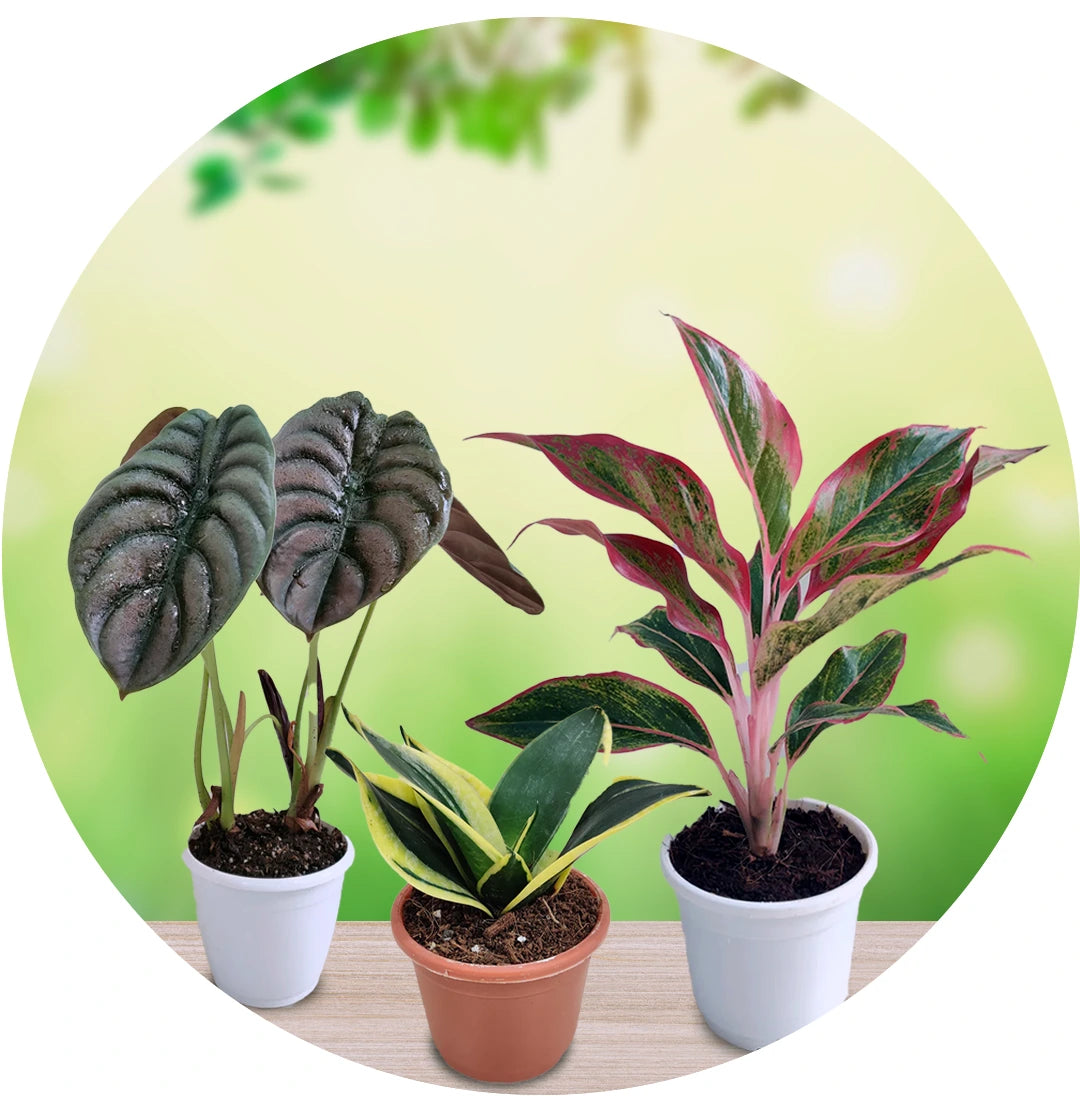
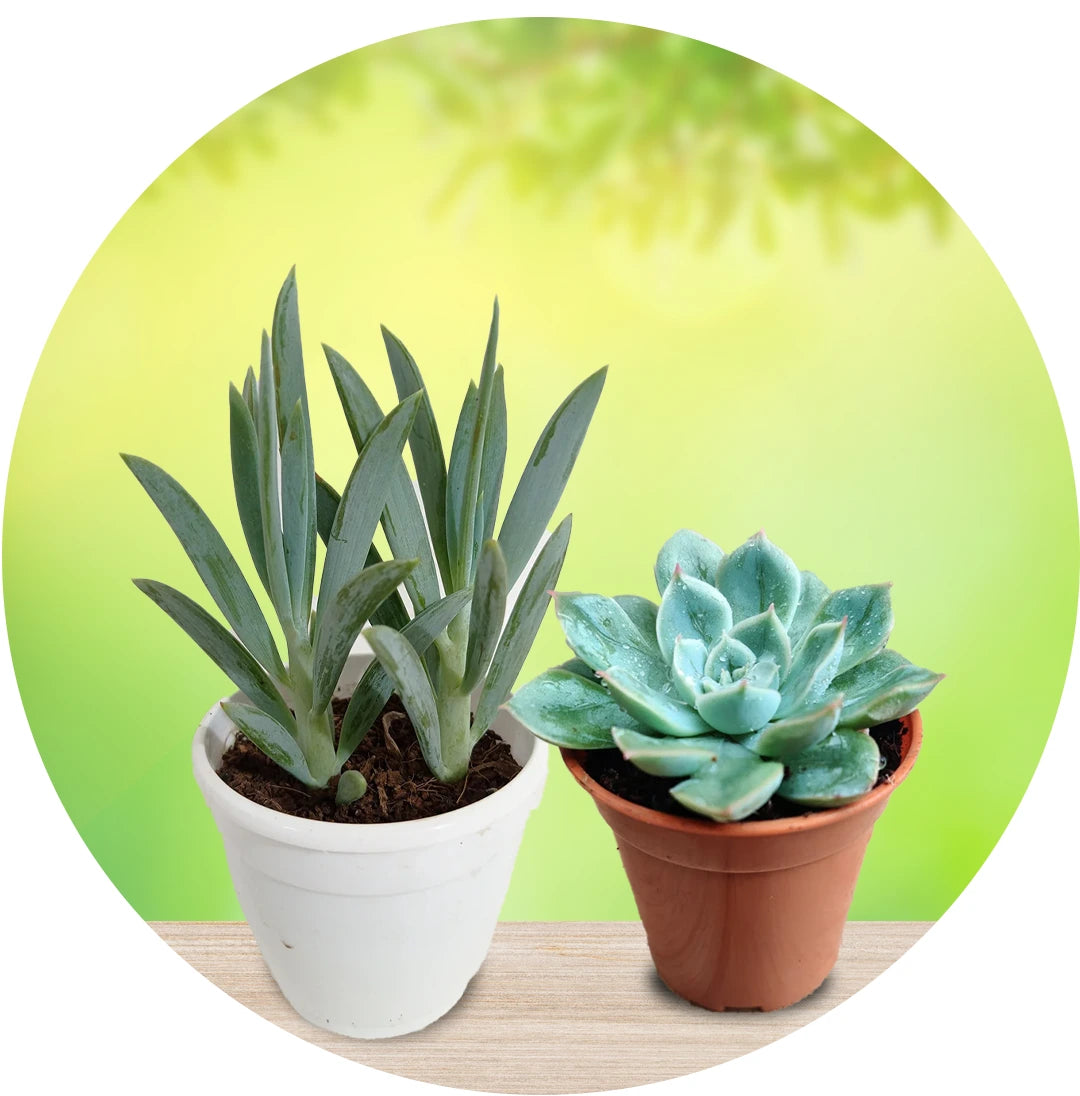
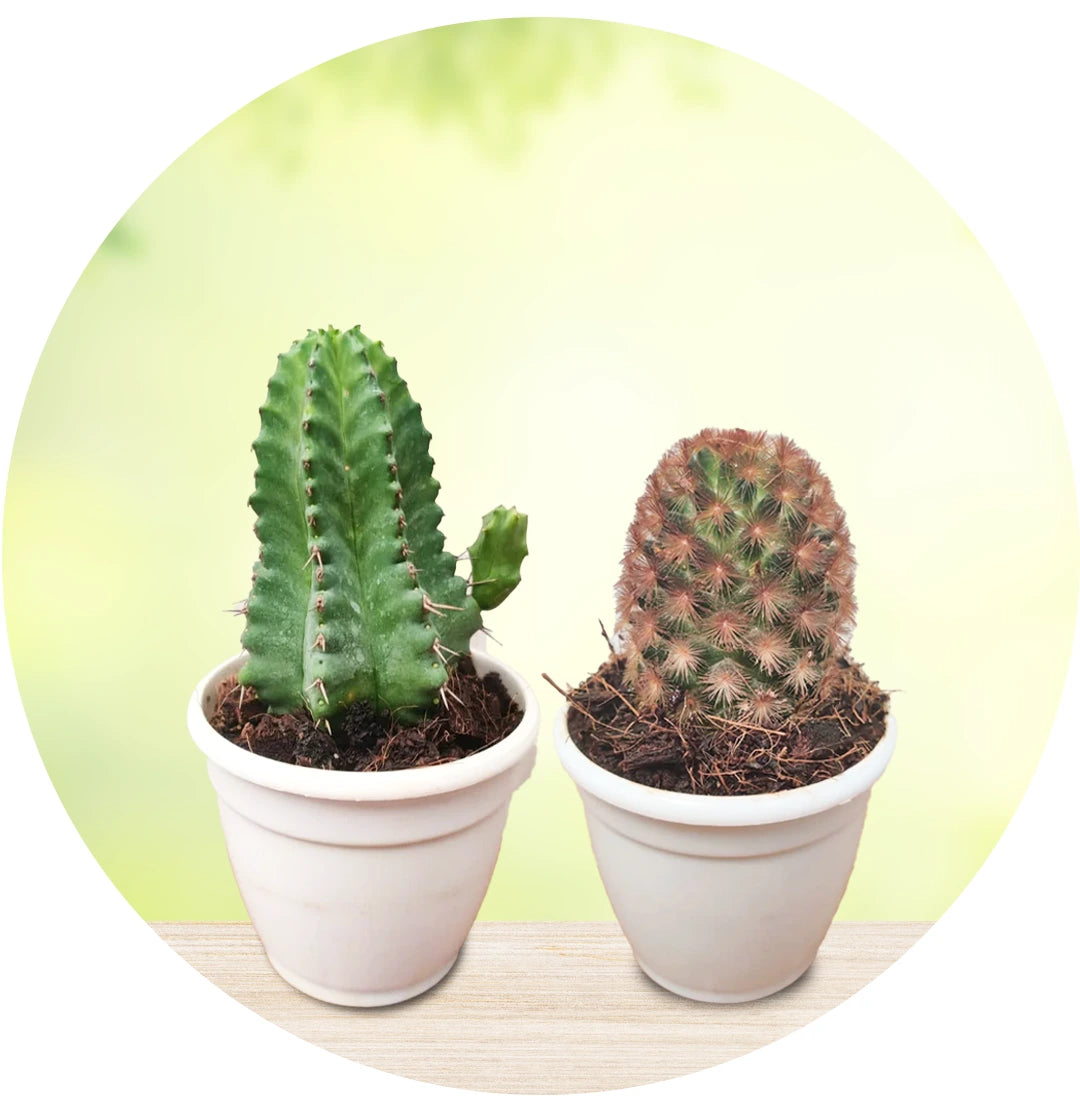
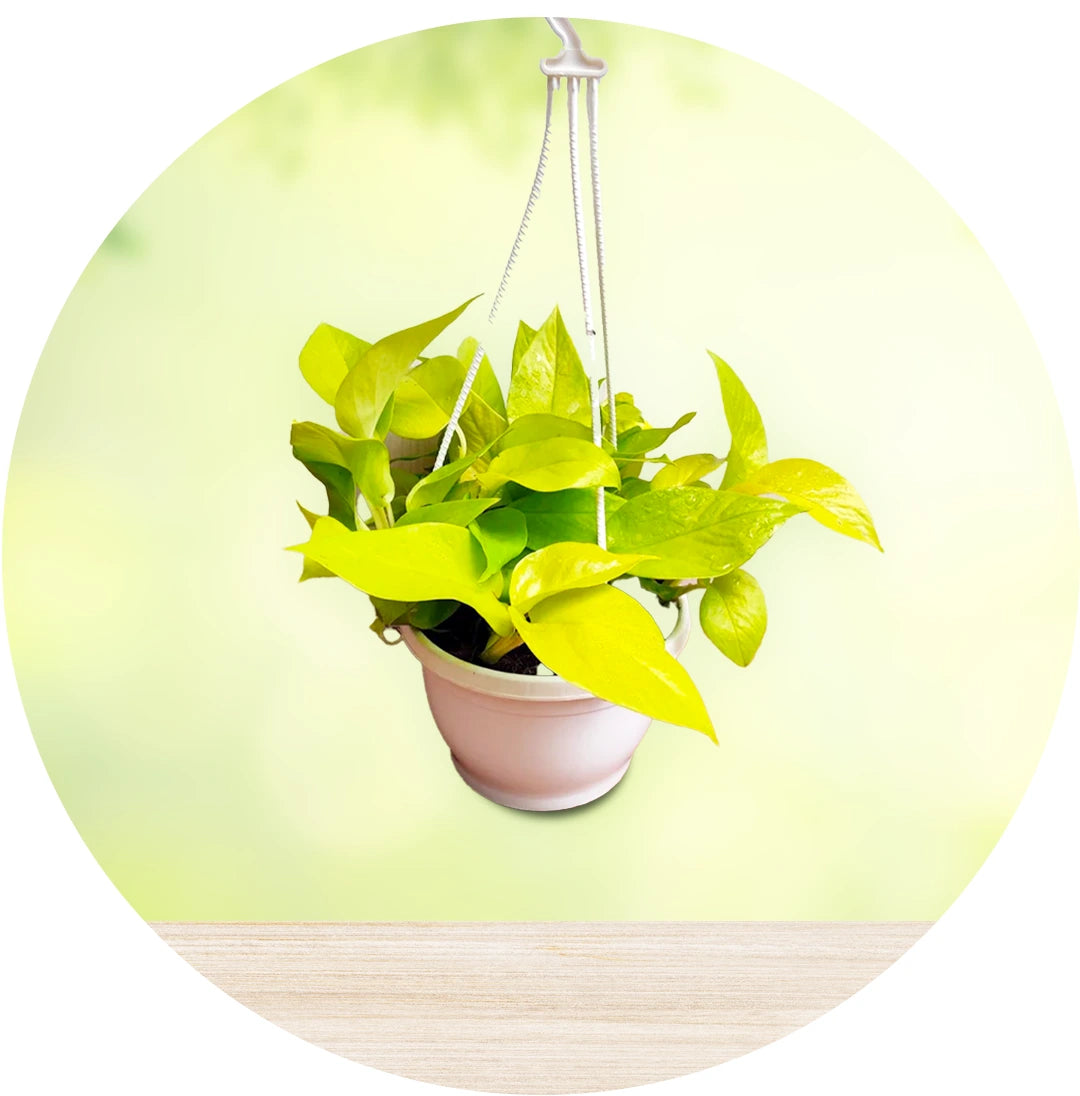
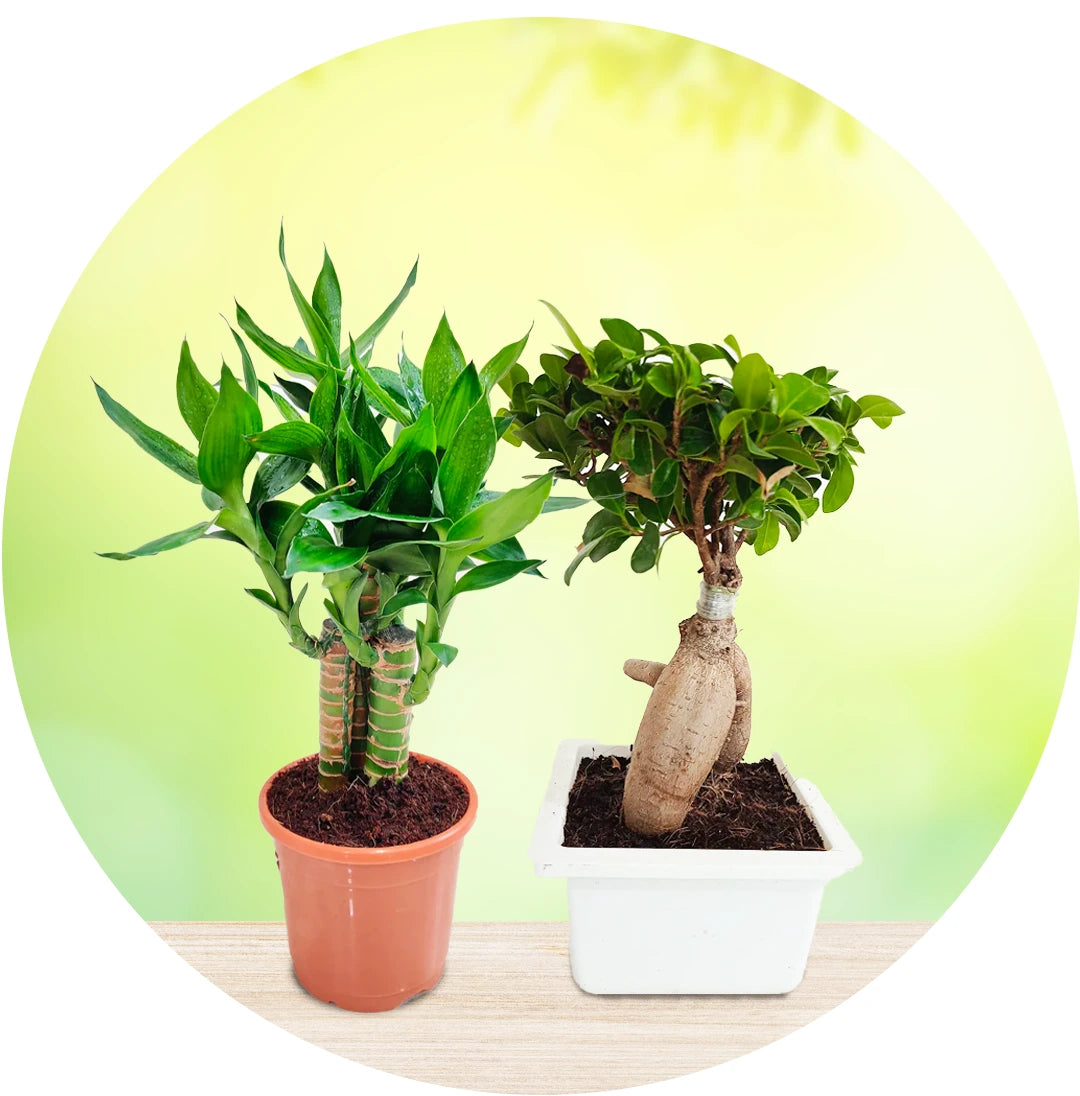
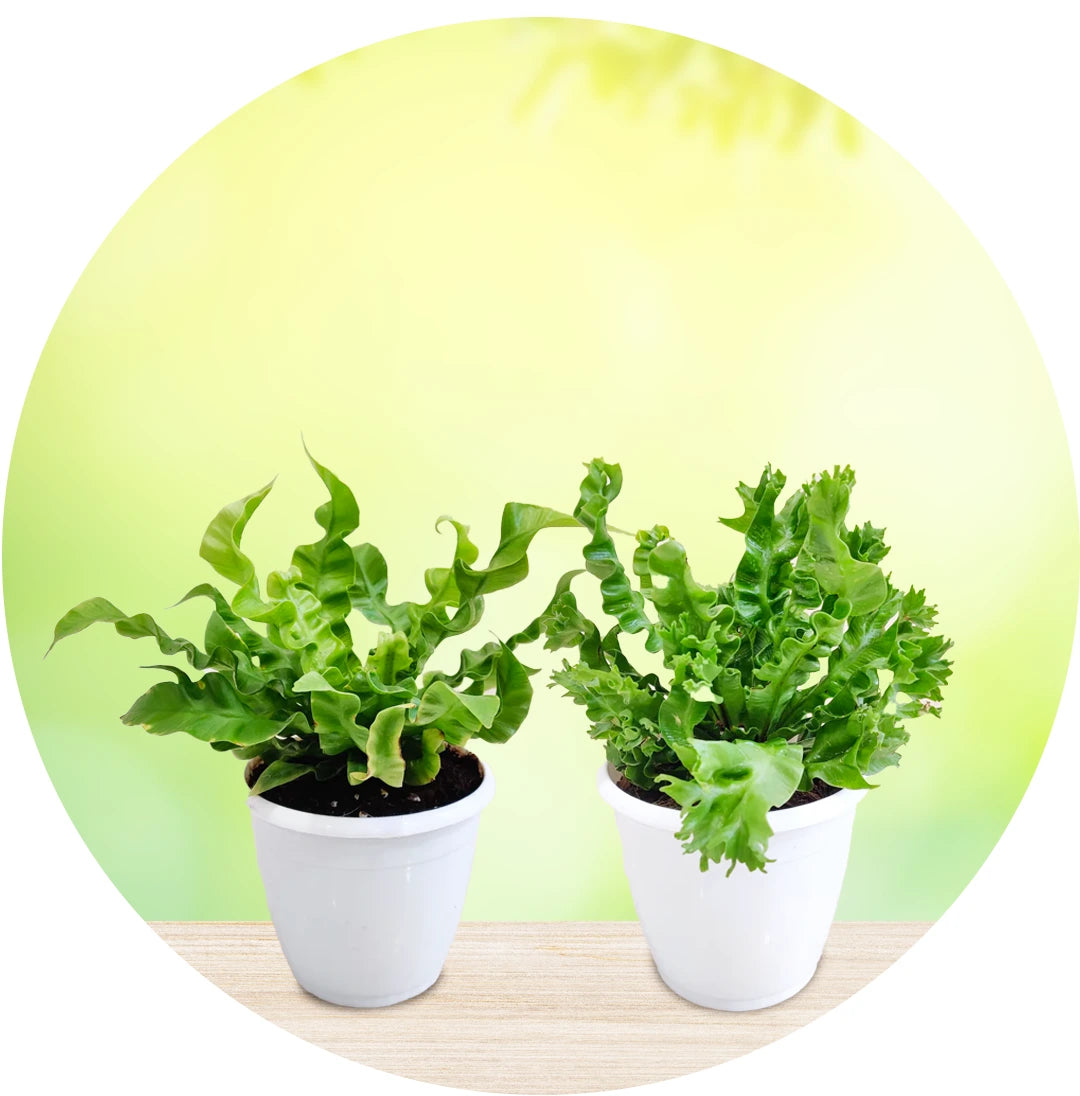
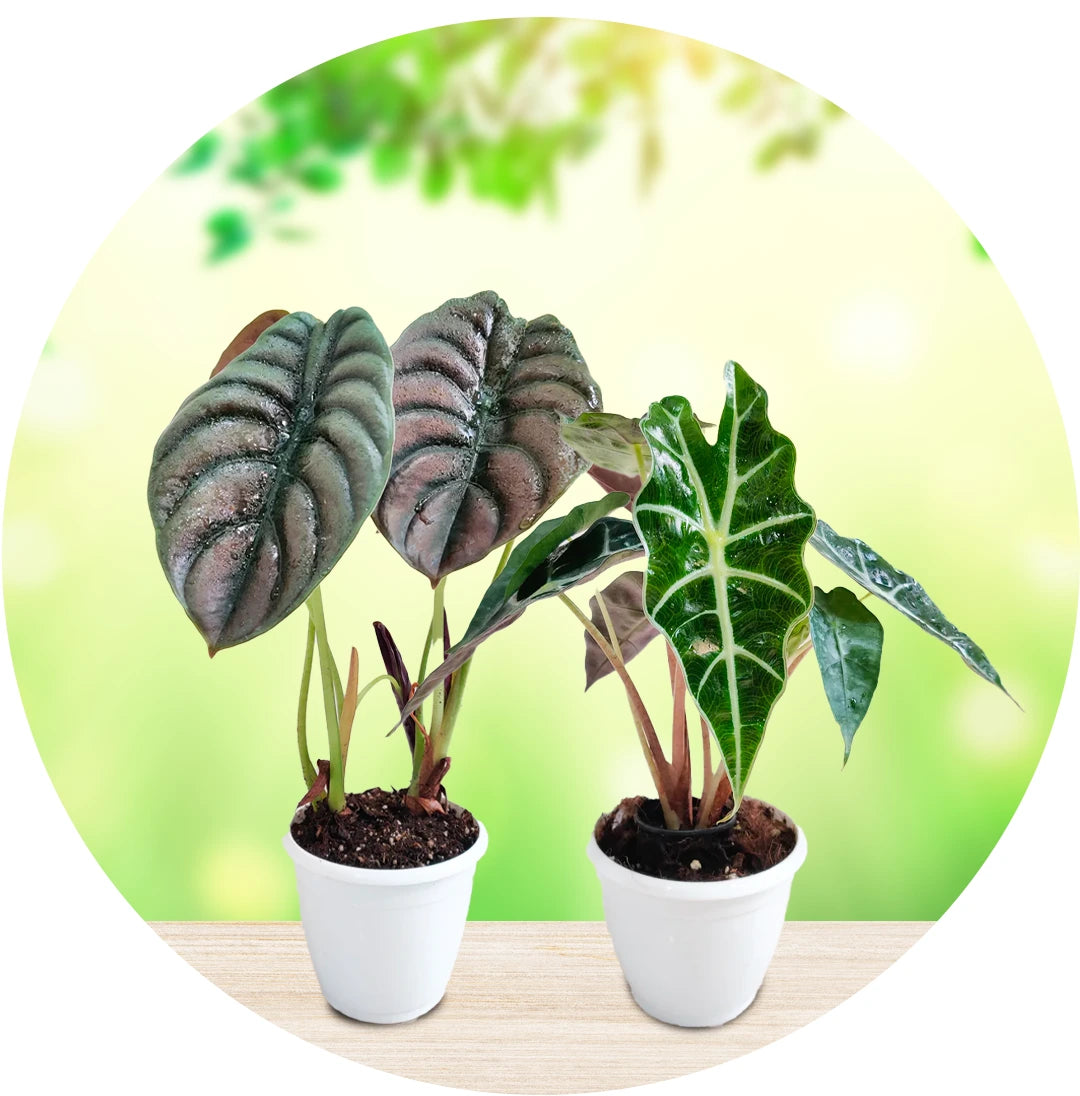
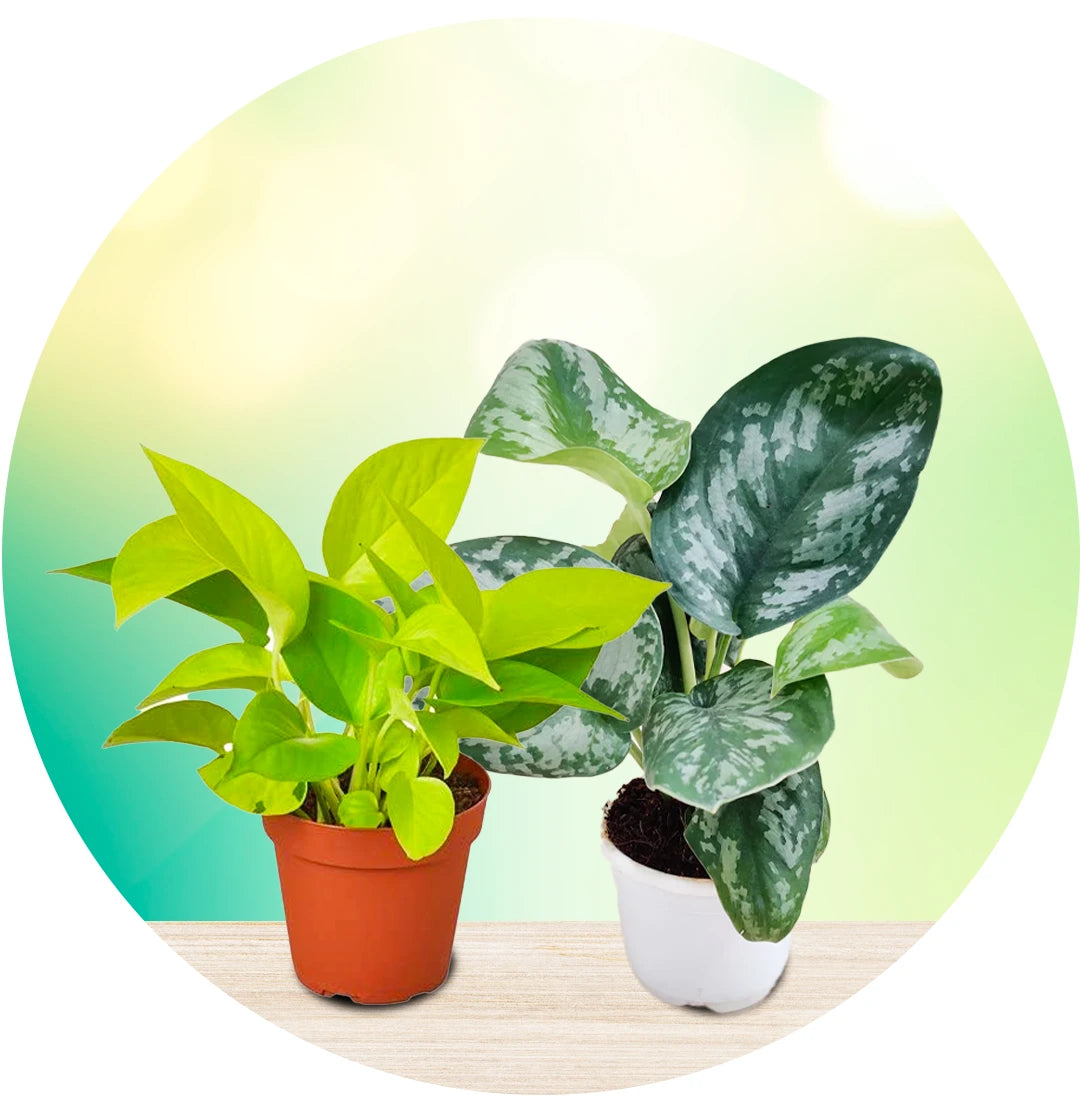
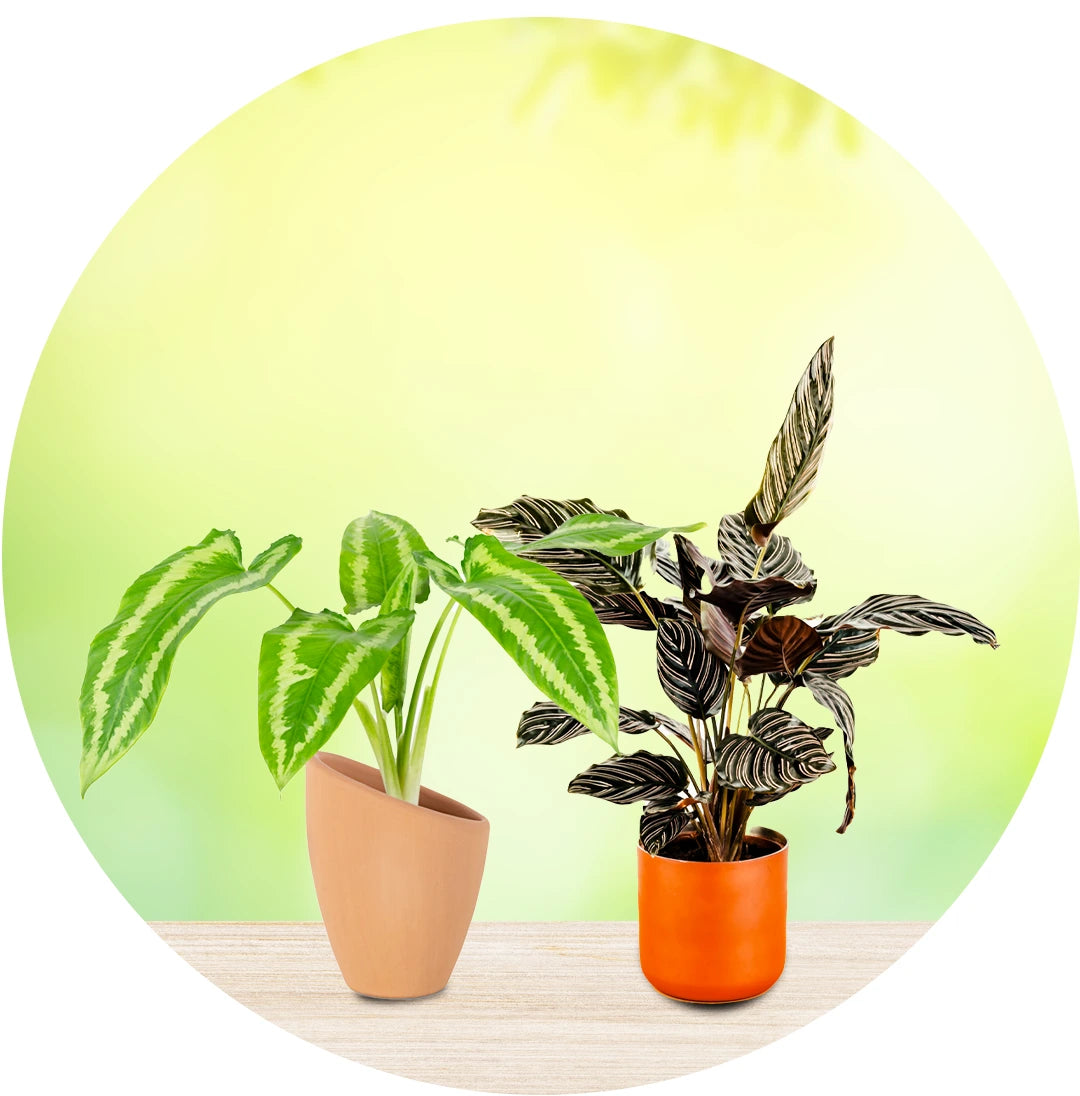
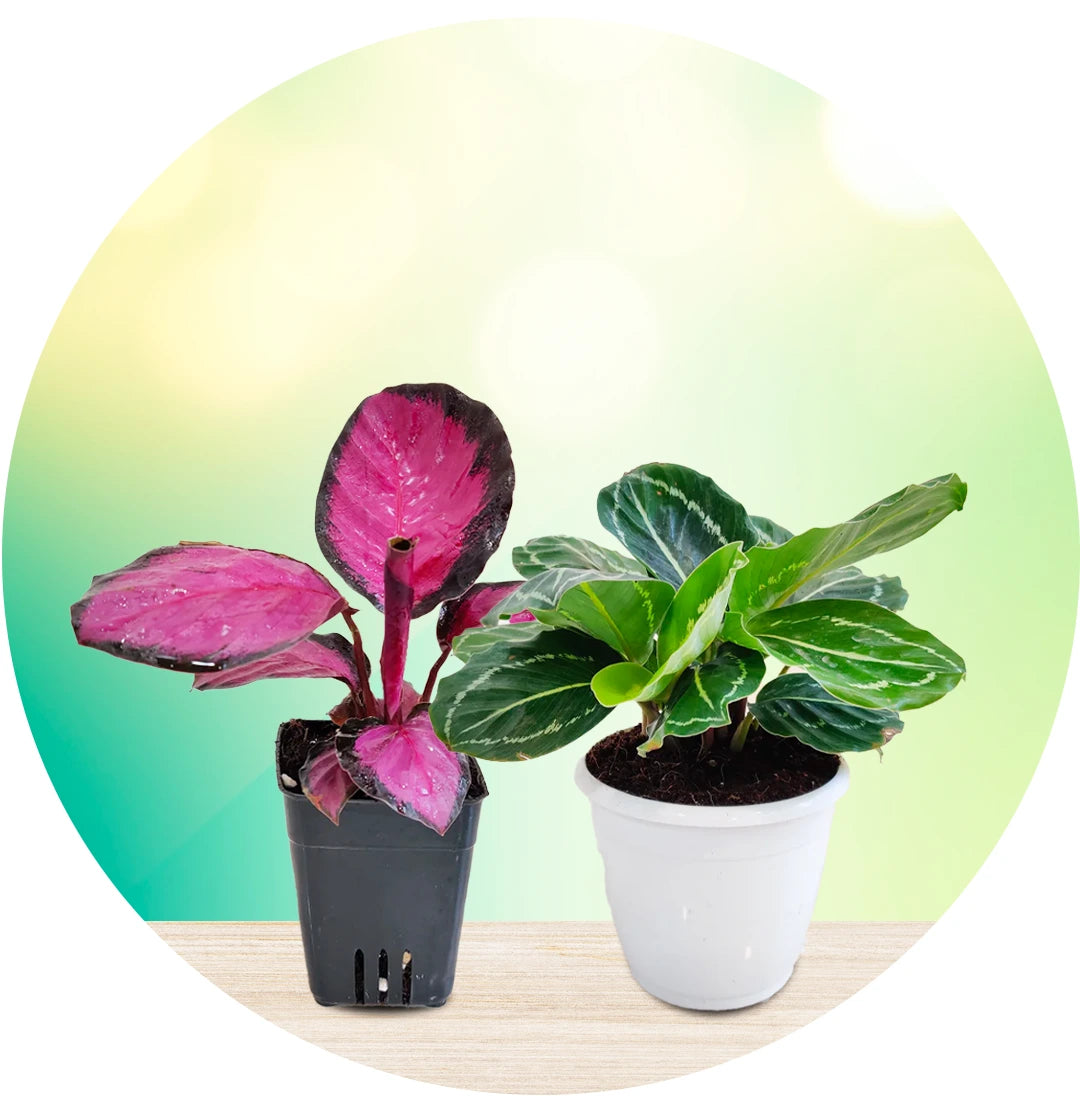
Leave a comment